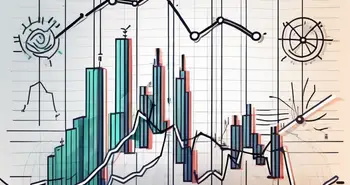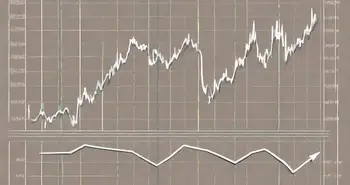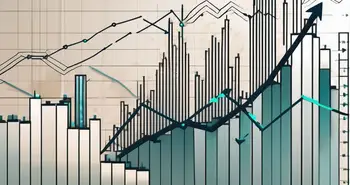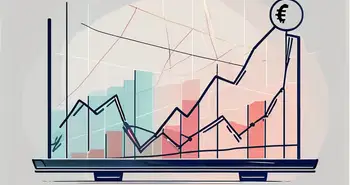Mastering the Channel Trading
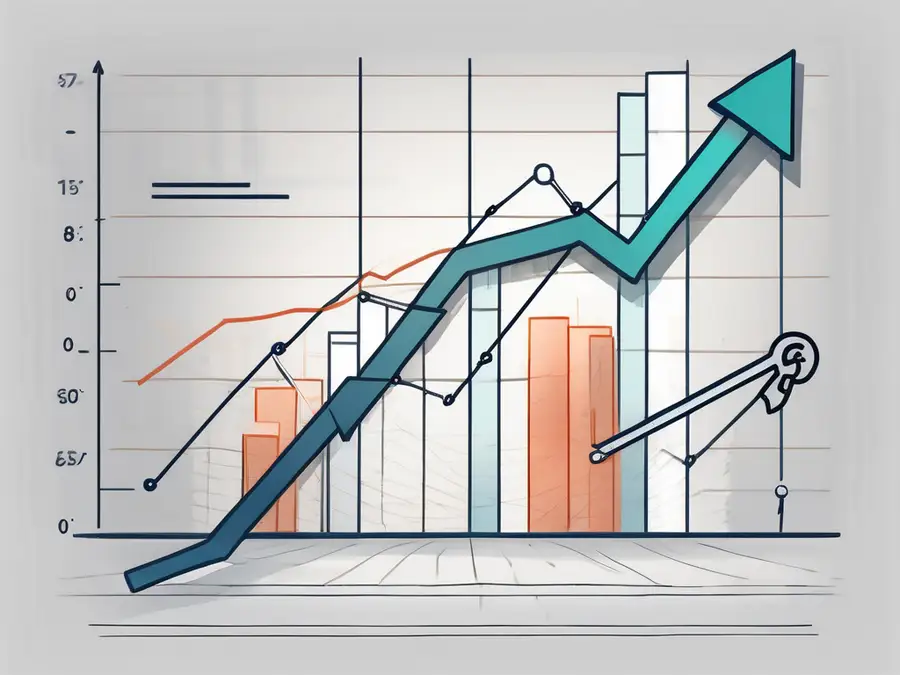
Channel trading is a powerful technique that has long been used by savvy traders to navigate the ups and downs of the financial markets. In this article, I will guide you through the basics of channel trading, teach you how to identify trading channels, explore different types of channels, and share strategies for successful channel trading. By the end of this article, you will have a solid understanding of channel trading and the tools you need to unlock its secrets.
Understanding the Basics of Channel Trading
Before diving into the intricacies of channel trading, let's first establish what exactly it is. Channel trading is a trading strategy that involves identifying and trading within well-defined price channels on a price chart. These channels are formed by drawing trendlines that connect the highs and lows of the price over a given period.
The beauty of channel trading lies in its ability to provide traders with valuable information about potential price movements. By identifying and trading within these channels, traders can take advantage of price reversals and ride the waves of market trends.
Channel trading is a technical analysis approach that focuses on the boundaries of price movements. It is based on the idea that prices tend to move within certain boundaries, forming channels that can be utilized for trading opportunities.
Traders often use channel trading to identify key entry and exit points for their trades. By recognizing the patterns within these channels, traders can set more precise stop-loss orders and profit targets, increasing the efficiency of their trading strategies.
What is Channel Trading?
Channel trading is a technical analysis approach that focuses on the boundaries of price movements. It is based on the idea that prices tend to move within certain boundaries, forming channels that can be utilized for trading opportunities.
The Importance of Channel Trading in Financial Markets
Channel trading is important in financial markets because it allows traders to identify key support and resistance levels. These levels act as barriers for price movements and can provide valuable insights into market trends.
By understanding the dynamics of channel trading, traders can make more informed decisions and increase their chances of success in the volatile world of financial markets.
The Mechanics of Channel Trading
Now that you have a grasp of the basics, let's explore the mechanics of channel trading in more detail.
Identifying Trading Channels
The first step in channel trading is to identify the channels on your price chart. This can be done by drawing trendlines that connect the highs and lows of the price over a given period. These trendlines act as the boundaries of the channel.
It's important to note that channels can be both ascending (upward sloping), descending (downward sloping), or horizontal (sideways). Each type of channel has its own characteristics and trading opportunities, which we'll delve into later.
Understanding Support and Resistance Levels
Support and resistance levels are key components of channel trading. Support levels act as a floor for prices, preventing them from falling further, while resistance levels act as a ceiling, preventing prices from rising higher.
By identifying these levels within a channel, traders can make more accurate predictions about potential price reversals. Trading opportunities arise when prices bounce off these support and resistance levels, allowing traders to enter or exit positions.
Different Types of Channel Trading
Channels come in different shapes and sizes, each with its own unique characteristics. Let's take a closer look at the various types of channels you may encounter in your trading journey.
Ascending and Descending Channels
An ascending channel is formed when the price is making higher highs and higher lows within a defined trendline. This indicates a bullish trend, and traders can look for buying opportunities as prices bounce off the support level.
Conversely, a descending channel is formed when the price is making lower highs and lower lows within a defined trendline. This indicates a bearish trend, and traders can look for selling opportunities as prices bounce off the resistance level.
Horizontal Channels
A horizontal channel occurs when the price is moving sideways between two parallel trendlines. This indicates a period of consolidation or indecision in the market. Traders can look for opportunities to buy at the support level and sell at the resistance level as prices oscillate within the channel.
Strategies for Successful Channel Trading
Now that you understand the basics and have identified different types of channels, let's explore some strategies for successful channel trading.
Timing Your Trades
One key aspect of successful channel trading is timing. Traders need to wait for confirmation before entering a trade. This can come in the form of a breakout above the resistance level in an ascending channel or a breakdown below the support level in a descending channel.
By patiently waiting for confirmation, traders can avoid false breakouts or breakdowns and increase their chances of profitable trades.
Managing Risk in Channel Trading
Risk management is vital in any trading strategy, and channel trading is no exception. Traders should always set stop-loss orders to protect themselves from significant losses if the market moves against their positions.
Additionally, trailing stop orders can be employed to protect profits as prices move within the channel. As the price continues to trend in your favor, you can adjust the stop order to lock in gains, effectively reducing risk.
Common Mistakes in Channel Trading
Even experienced traders can fall victim to common mistakes in channel trading. Let's explore some of these pitfalls and learn how to avoid them.
Avoiding Overtrading
One common mistake traders make in channel trading is overtrading. This occurs when traders enter too many positions within a short period, leading to increased transaction costs and a higher likelihood of losses.
It's important to exercise patience and discipline in channel trading. Only take trades that meet your criteria and have a high probability of success. Remember, quality over quantity.
Ignoring Market Trends
Another mistake to avoid is ignoring broader market trends. Even within a channel, the overall market trend can influence price movements. Failing to consider the bigger picture can lead to missed opportunities or taking trades against the prevailing trend.
Always keep an eye on the broader market trends and align your channel trading strategy accordingly.
Now that we have covered the essentials of channel trading, you are well-equipped to embark on your trading journey. Remember, practice makes perfect, so immerse yourself in the charts, analyze different channels, and refine your strategies.
FAQ
What is channel trading?
Channel trading is a trading strategy that involves identifying and trading within well-defined price channels on a price chart.
How do I identify trading channels?
To identify trading channels, you can draw trendlines that connect the highs and lows of the price over a given period.
What are the different types of channels?
The different types of channels include ascending channels, descending channels, and horizontal channels.
How can I manage risk in channel trading?
Risk management in channel trading involves setting stop-loss orders and trailing stop orders to protect yourself from significant losses and lock in profits.
What are some common mistakes in channel trading?
Common mistakes in channel trading include overtrading and ignoring market trends.
I hope this article has shed light on the secrets of channel trading and provided you with valuable insights into this powerful trading strategy. Remember, success in channel trading requires dedication, discipline, and continuous learning. May the channels in the markets guide you towards profitable trades!
Ready to put your newfound knowledge of channel trading into practice? Look no further than Morpher, the revolutionary trading platform that's changing the game with blockchain technology. With Morpher, you can trade a variety of asset classes, from stocks and cryptocurrencies to unique markets, all with zero fees and infinite liquidity. Whether you're interested in fractional investing, short selling without interest fees, or leveraging up to 10x, Morpher provides a safe, innovative, and user-centric trading experience. Embrace the future of investing and Sign Up and Get Your Free Sign Up Bonus today to start trading the smart way!

Disclaimer: All investments involve risk, and the past performance of a security, industry, sector, market, financial product, trading strategy, or individual’s trading does not guarantee future results or returns. Investors are fully responsible for any investment decisions they make. Such decisions should be based solely on an evaluation of their financial circumstances, investment objectives, risk tolerance, and liquidity needs. This post does not constitute investment advice.

Painless trading for everyone
Hundreds of markets all in one place - Apple, Bitcoin, Gold, Watches, NFTs, Sneakers and so much more.

Painless trading for everyone
Hundreds of markets all in one place - Apple, Bitcoin, Gold, Watches, NFTs, Sneakers and so much more.

